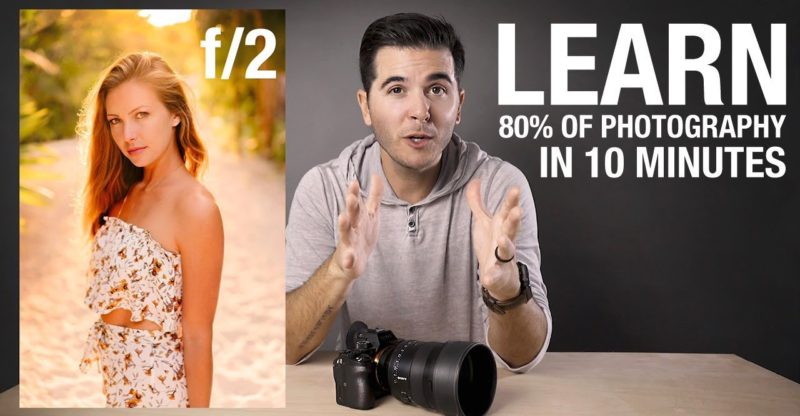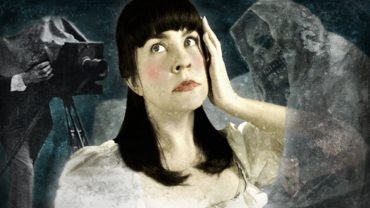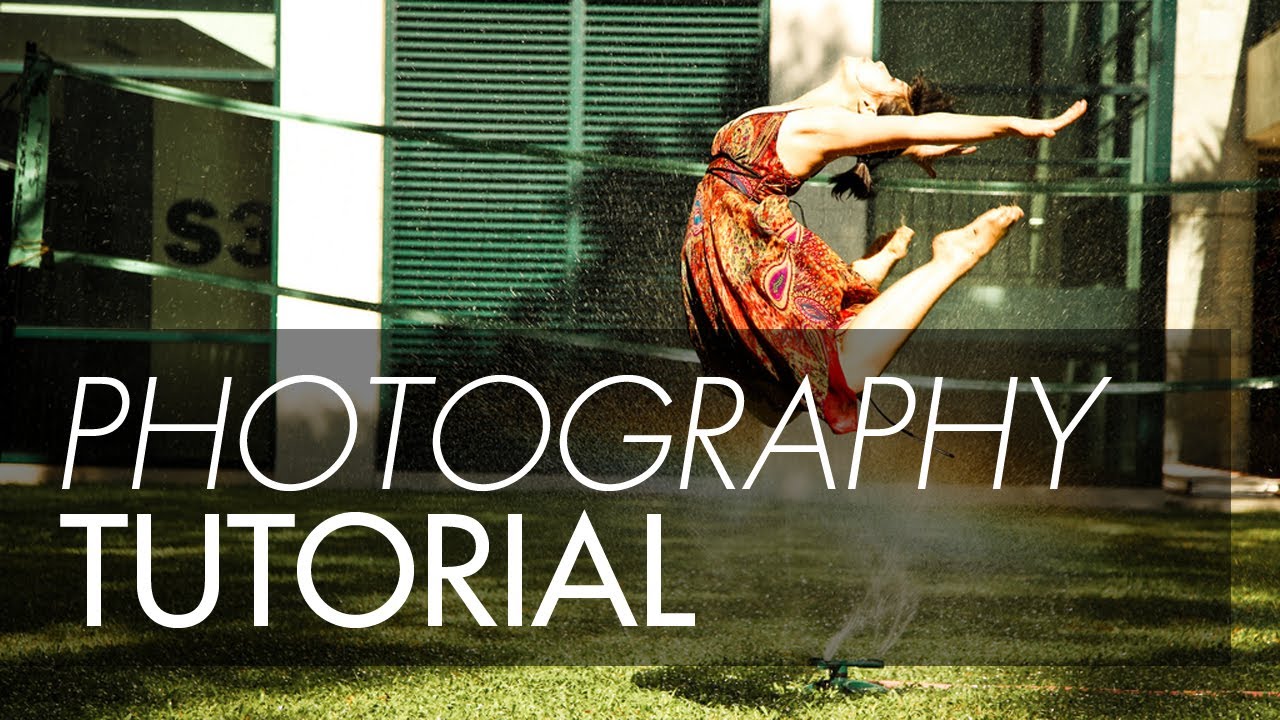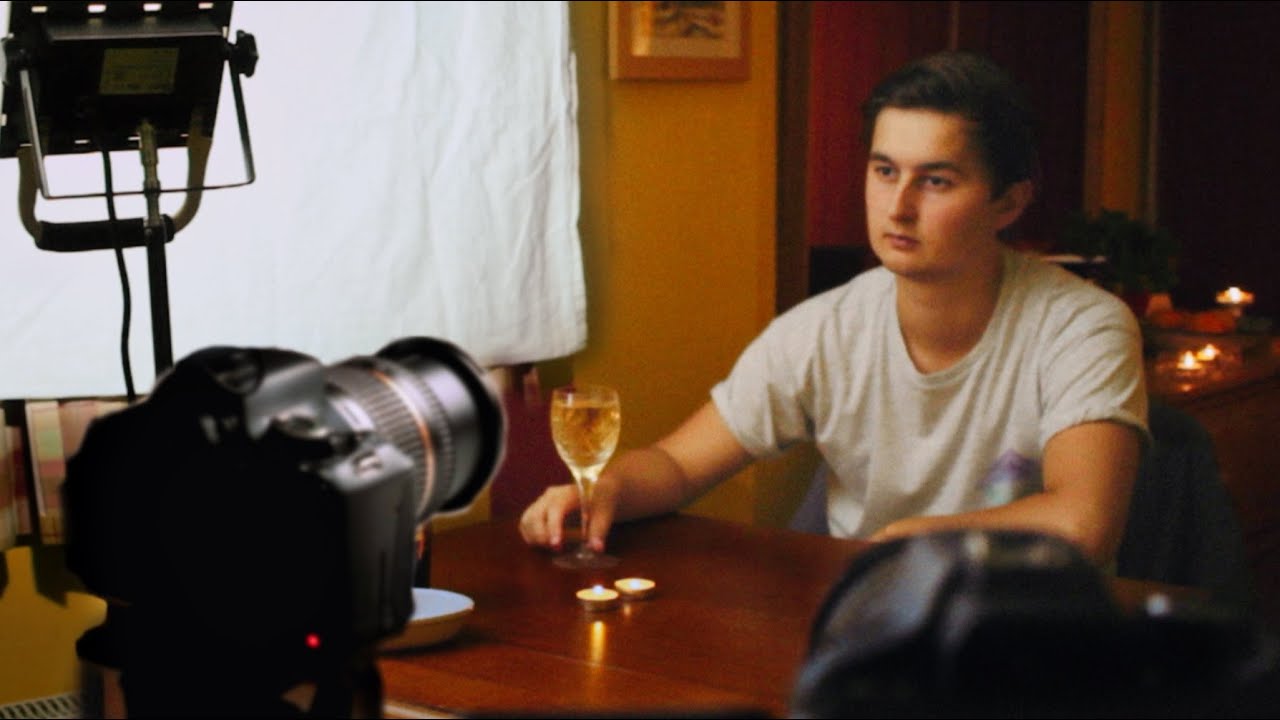PHOTOGRAPHY BASICS in 10 MINUTES
Have you heard of the Pareto Principle? The Pareto Principle basically says that to achieve 80% of the results, it takes 20% of the effort Today, I'm going to teach you 80% of photography in 10 minutes Now remember, 20% of the effort is going to get you 80% of the way there But it takes a lot more to really become a great photographer When I learn something new, I like to look at it in its simpliest form I tell people, talk to me like I'm a 5 year old Once I have that basic understanding, that core knowledge, that solid foundation of what this thing is Then I can build on top of it and really dig into the complexities of it That's what we're going to do with photography Today, I'm going to get you 80% of the way there So that you're creating awesome images and when you're not creating awesome images you'll be able to trouble shoot and figure out why Here we go! 10 minutes! First up is ISO and it's the first thing that I'm going to set in any given scenario The basic gist here is that ISO is the sensitivity of your camera's sensor The higher the number, the more sensitive to light your camera's sensor is going to be the lower the number, the less sensitive So you might be thinking, crank that ISO up! I want lots of light! I want to be able to pull all the light! It's kind of the opposite actually You want to keep your ISO as low as possible Because the higher the ISO, the more grain, the more noise, the more artifacts and weird funky things are in your image to show how ISO works I did a little test shoot of one of my favorite lenses Here is ISO100 here's 200 here's 400 800 1600 3200 and 6400 This is a Sony A7R2, so just for fun here is 12,800 and 25,600 Eh, just a little fun! ISO is a big reason that camera body prices fluctuate so much A cheaper camera might be able to go to 800 or 1600 ISO before getting really grainy and noisy While a more expensive camera can go up to 3200, 6400, 10,000 and beyond and still be pretty usable In general with photography, you pay more to get more light So outside, where there's plenty of light I'm going to have my ISO at 100 In the shade, 200 Now when I come indoors, I'm going to bump my ISO to 400














